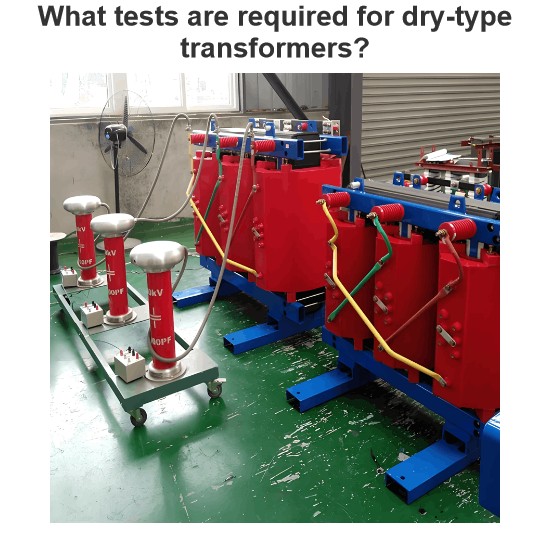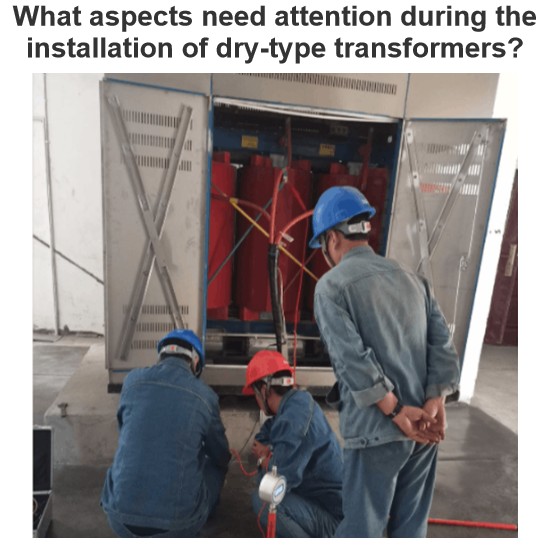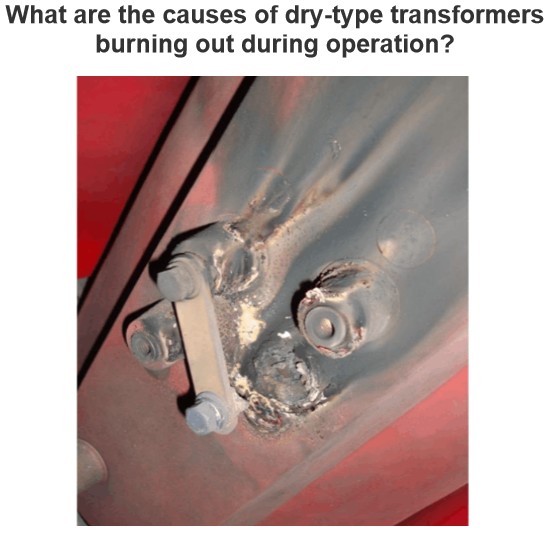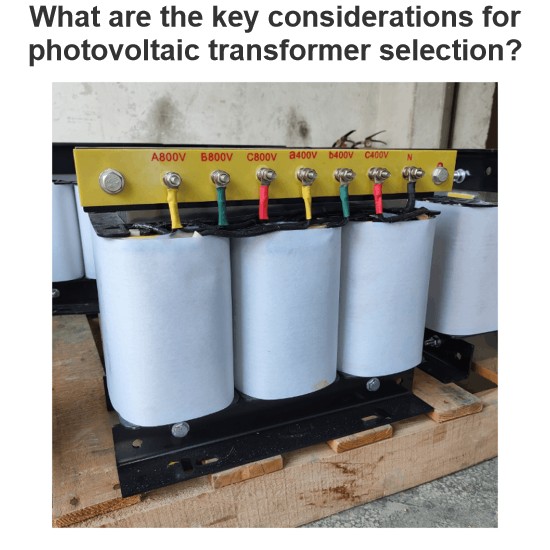What are the losses that occur in an ideal transformer and how can they be minimized?
An ideal transformer is a theoretical model that assumes no losses. However, in practical applications, transformers always experience some losses. These losses can be primarily categorized into two types: copper losses (resistance losses) and iron losses (core losses). Below is a detailed explanation of these losses and how to minimize them:
1. Copper Losses
Definition
Copper losses are the energy losses due to the resistance of the transformer windings. When current flows through the windings, the resistance of the wire causes Joule heating (I²R losses).
Reduction Methods
Use Low-Resistance Materials: Choose materials with good conductivity, such as copper or silver, to reduce the resistance of the windings.
Increase Conductor Cross-Section: Enlarging the cross-sectional area of the conductor can reduce its resistance, thereby lowering copper losses.
Optimize Design: Properly designing the winding layout and minimizing the length of the windings can also reduce resistance.
Improve Cooling Efficiency: An efficient cooling system can help dissipate heat, reducing the increase in resistance due to temperature rise.
2. Iron Losses
Definition
Iron losses are the energy losses due to hysteresis losses and eddy current losses in the transformer core.
Hysteresis Loss
Hysteresis loss is caused by the magnetic hysteresis effect in the core material. Each time the direction of magnetization changes, a certain amount of energy is consumed.
Eddy Current Loss
Eddy current loss is caused by the alternating magnetic field inducing eddy currents within the core. These eddy currents flow within the core and generate heat.
Reduction Methods
Use High-Permeability Materials: Choose materials with low hysteresis losses, such as silicon steel, to reduce hysteresis loss.
Use Laminated Core: Cutting the core into thin laminations can reduce the path for eddy currents, thereby lowering eddy current losses.
Increase Core Resistance: Adding insulating layers or using high-resistance materials in the core can increase the core's resistance, reducing eddy currents.
Optimize Frequency: For high-frequency applications, select materials and designs suitable for high frequencies to reduce core losses.
3. Other Losses
Insulation Loss
Insulation materials can also produce losses, especially under high voltage conditions and in high-temperature or high-humidity environments.
Reduction Methods
Use High-Quality Insulation Materials: Choosing materials that are resistant to high temperatures and high voltages can reduce insulation losses.
Optimize Insulation Design: Properly designing the insulation structure and minimizing the thickness of insulation materials can improve insulation efficiency.
Cooling Loss
Cooling systems themselves consume energy, such as the power required for fans and cooling fluid pumps.
Reduction Methods
Efficient Cooling Systems: Using efficient cooling systems, such as natural convection or liquid cooling, can reduce the energy consumption of the cooling system.
Intelligent Control: Implementing intelligent control systems to adjust the operation of the cooling system based on actual needs can avoid unnecessary energy consumption.
Summary
To minimize losses in practical transformers, the following approaches can be taken:
Material Selection: Use low-resistance conductive materials and high-permeability core materials.
Design Optimization: Properly design the winding layout and core structure to reduce resistance and eddy current paths.
Cooling System: Improve cooling efficiency to reduce resistance increases due to temperature rise.
Insulation and Frequency Optimization: Choose high-quality insulation materials and optimize designs for high-frequency applications.
The Electricity Encyclopedia is dedicated to accelerating the dissemination and application of electricity knowledge and adding impetus to the development and innovation of the electricity industry.













